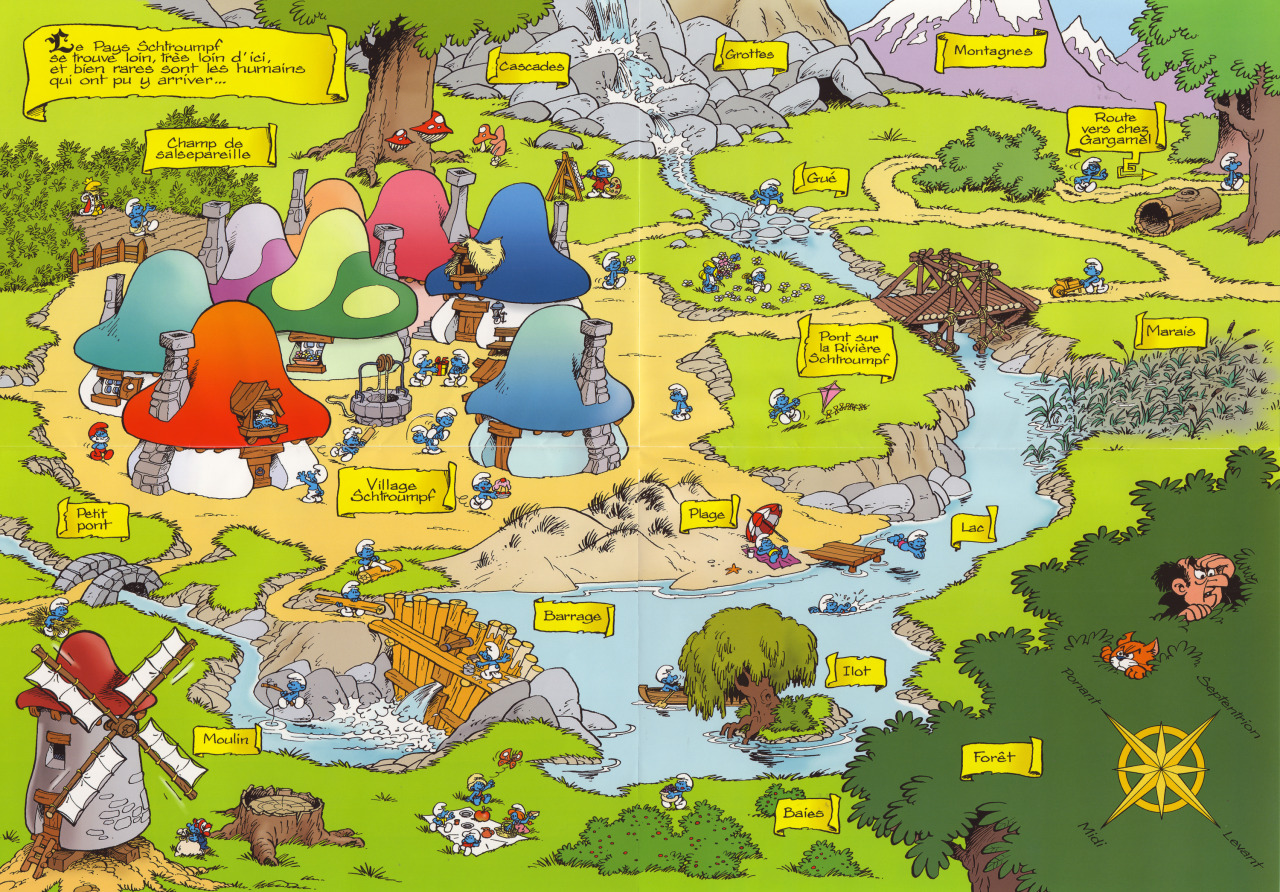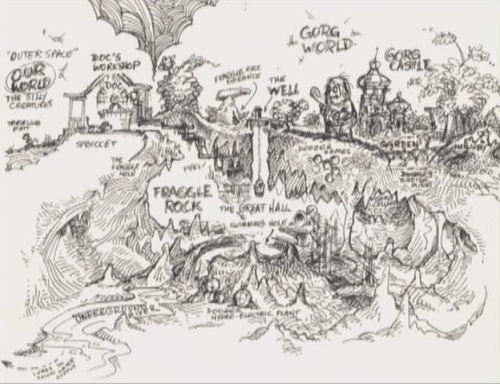I've written a number of posts now about the Land of Azurth, my new 5e setting, but I've only done
a couple where I "pull back the curtain" and discuss my thought process about the setting as a whole. So here goes.
My initial statement of influences was essentially sword & sorcery comics of the 70s, Oz, Scott Driver's
Dwarf-Land, and
Adventure Time. As happens, those have gotten refined a bit over time, and perhaps more focused in terms of what I'm taking from them. It occurred to me that the touchstone for Azurth are fairytales and the earliest works of fantasy literature.
I wanted Azurth to sort of resemble Oz--and so it does. A land divided into quadrants. In Oz, the different lands are pretty similar. There inhabitants vary, true, but they aren't as differentiated as say Aquilonia and Cimmeria in Conan's Hyborian Age or Darokin and the Minrothad Guilds in Mystara. Thinking of the Mystara Gazeteers in general got me thinking about each country as a mini-setting unto itself.
Unlike Mystara, though, I wanted the countries to work within the boundaries of "fairytales and earliest works of fantasy literature," and mostly, I think I was able to do that. Here's what we've got:
Noxia; A farytale land where the Evil Queen has won and taken over.
Yanth: A Oz-like, fantasy Americana/American fairytale sort of land, in the main.
Sang: Planetary Romance/boy's fantasy adventure.
Virid: Girl's fantasy adventure. She-Ra or
Golden Girl sort with a bit of Golden Age Wonder Woman and
Amethyst: Princess of Gemworld and perhaps a little Disney Princess.
All of those have the common element of owing as much to fairytales as to Tolkien (indeed, the clearest antecedents of two of them are pre-Tolkien). All of them (from fairy tale kingdoms to Barsoom to She-Ra's Etheria) share the motif of a larger realm with odd
wainscots within it. Most of them engage in quite of a number of hoary tropes/cliches that mainstream fantasy lit and most fantasy rpgs find too cheesy/twee/juvenile to engage in (so instead they engage in modern tropes/cliches far more overused currently, potentially making them boring and samey).
Conceptually, all the countries fit together, but it will be interesting to see how it works in the game. Noxia connects to Yanth by way of their fairy tale underpinnings and things like
Wicked, but Yanth to Sang might be a little harder, though some 70s comic fantasy, and things like
Lt. Gullivar Jones: His Vacation might prove informative. We'll see.






































.jpg)















